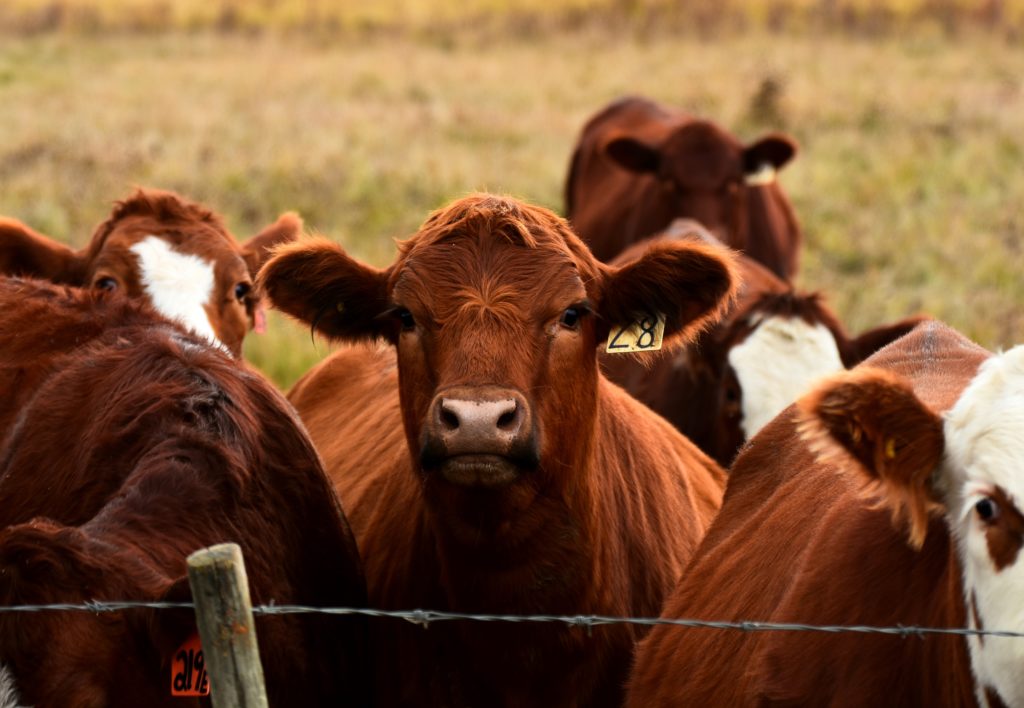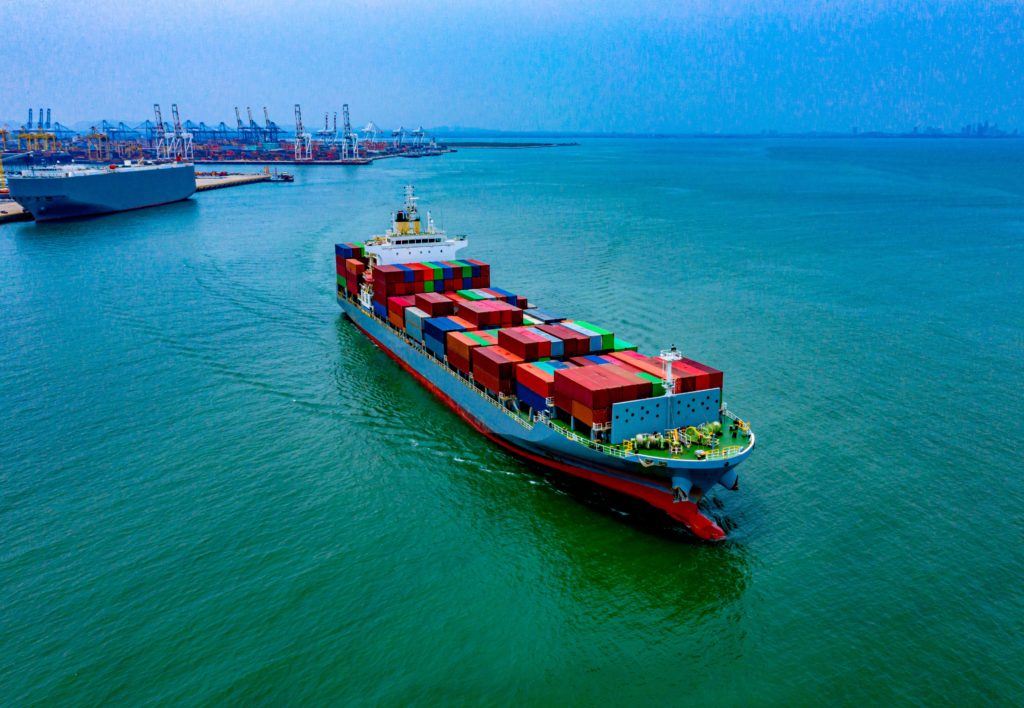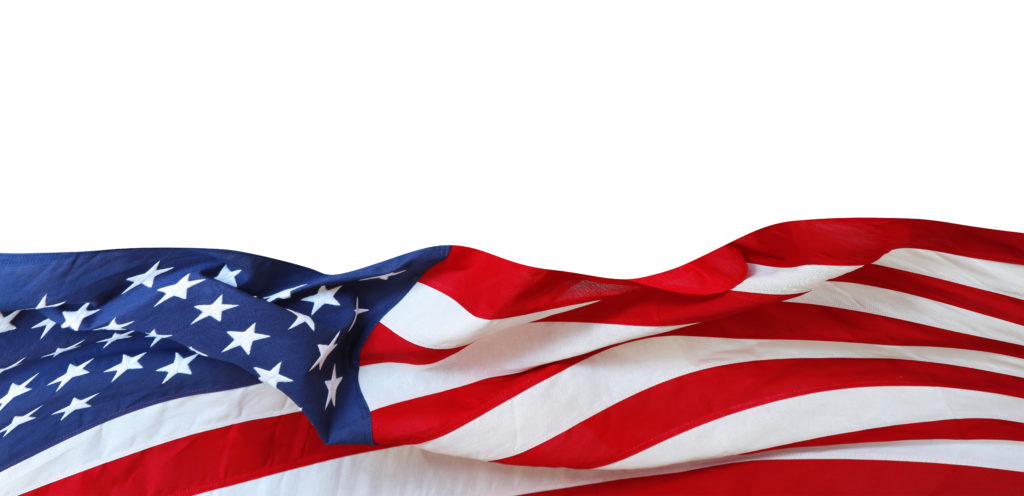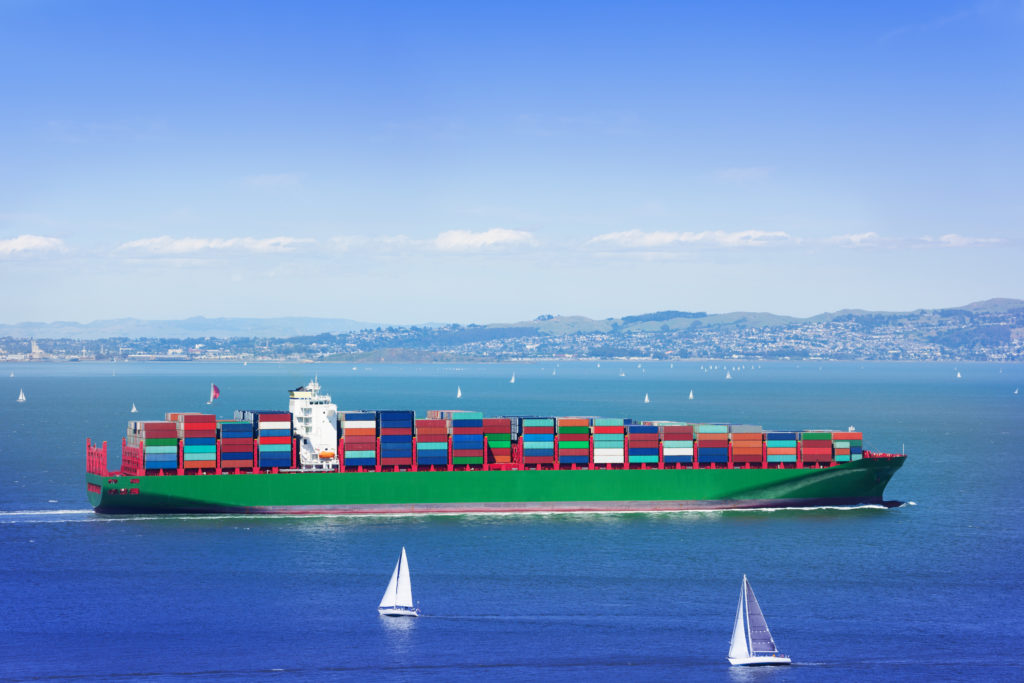Importing Veterinary Drugs
Importing Veterinary Drugs into the U.S.
Importing Veterinary Drugs: FDA Requirements
All veterinary drug products offered for import into the United States must have an approved new animal drug application (NADA), conditional approval, or index listing (applicable to minor species only). The only exceptions to these requirements are when there is a drug shortage or the drug is considered to be medically necessary and an approved version is not available in the United States. FDA considers an “unapproved animal drug” to be a drug that:
- Is intended for use in animals; and
- Meets the definition of “new animal drug” in the Federal Food, Drug, and Cosmetic (FD&C) Act; but
- Does not have legal marketing status, meaning FDA has not approved, conditionally approved, or indexed the drug.
A “new animal drug” means any drug intended for use for animals other than man, including any drug intended for use in animal feed but some exclusions do apply.
In-Depth Coverage: Country of Origin
- Country of Origin of Imported Merchandise
- Customs Ruling: Country of Origin
- Country of Origin: Food Products
- Country of Origin: Chemical and Pharmaceutical Products
- Country of Origin & Country of Manufacture: CBP vs. FDA
- Country of Origin: Substantial Transformation or Country of Assembly Test
- Country of Origin and Free Trade Agreement
- Country of Origin and Section 301
New animal drug substances for which there are no approved New Animal Drug Applications (NADAs) or Investigational New Animal Drug (INAD) exemptions, consigned to veterinarians for use in their private practices, or to manufacturers, or distributors, may not be legally imported into the United States. These drugs will be considered adulterated under section 501(a)(5) of the Act, or misbranded under section 502(f)(1).
Bulk drug substances labeled for further manufacturing or processing and bearing some indication for veterinary use, are adulterated within the meaning of 501(a)(5) unless the recipient or distributor holds an approved NADA, abbreviated NADA (ANADA), conditional NADA, or an INAD exemption for preparation of a finished dosage form drug or medicated feed premix from that particular bulk drug source, or an approval is not required at this time either by regulation or policy.
Bulk drug substances labeled for further manufacturing or processing, which do not bear any indications for veterinary use, may be misbranded under Section 502(f)(1) if they are intended for veterinary use. Such drugs are in violation of Section 502(f)(1) because they do not bear adequate directions for veterinary drug use and they are not exempt from adequate directions for use.
In-Depth Coverage: Importing Medical Device
New animal drug substances may be imported only if the consignee is:
- the holder of an approved NADA, ANADA, or a conditional NADA for the imported new animal drug substance; or,
- the sponsor or investigator named in an INAD exemption for the imported drug substance; or,
- the investigator conducting tests in vitro and in laboratory research animals with drugs which comply with pertinent Federal regulations (21 CFR 511.1(a)); or,
- a distributor holding the requisite approvals or having an order from a consignee holding the appropriate approved NADA or INAD exemption.
FDA will take appropriate action to prevent importation of new animal drug substances if the importer does not meet one of these criteria. Field compliance officers will prevent illegal importation by detaining the drug substances at the port of entry. Veterinarians and others should be aware of these requirements when planning to import bulk drugs.
Unapproved new drugs are any drugs, including foreign-made versions of U.S. approved drugs, which have not been manufactured in accordance with and pursuant to an FDA approval. Absent evidence that the specific drugs sought to be imported from a foreign country have been manufactured pursuant to an approved new drug application, in the manufacturing facility permitted under the application, such drugs would appear to be unapproved new drugs subject to FDA enforcement action.
Know the products you are importing and associated requirements
- Understand the required data elements
- Provided correct and accurate information
- Give Entry Filers the information they need
- Obtain all necessary information from the Importer
What veterinary drug requirements are verified at the time of importation?
- Registration
- Listing
- Approved new animal drug application (NADA), abbreviated new animal drug application (ANADA), investigational new animal drug (INAD), conditional approval, or index listing (applicable to minor species only). The only exceptions to these requirements are when there is a drug shortage or the drug is considered to be medically necessary and an approved version is not available in the United States. Visit the Unapproved Animal Drugs page for more information on approvals, conditional approvals and indexing.
- The FDA conducts field examinations and analyzes samples of veterinary drug products to ensure they comply with applicable standards and/or label requirements.
- The FDA checks the import alert database to ensure the manufacturer or product is not subject to detention without physical exam (DWPE) and listed on an import alert. For example, Import Alert 68-02 lists foreign manufacturers not in compliance with the current good manufacturing practices for drugs.
In-Depth Coverage: Marketing and Advertising Compliance
- Federal Trade Commission (FTC) Advertising Rules
- Made in USA Standard
- FTC Regulation on Environmental Claims
- Adverting and Marketing on the Internet
- Label Claims for Conventional Foods and Dietary Supplements
- Dietary Supplement Advertising: What is FTC's Truth-in-Advertising Law?
- USDA Country of Origin Labeling (COOL)
- FTC Rules & Regulations on Food Advertisement
How does the FDA verify compliance with the veterinary drug requirements?
The FDA's entry reviewers are trained to verify compliance with applicable product requirements using the information provided to the FDA in the importer’s entry transmission such as:
- Declared manufacturer
- Declared importer/consignee
- Product descriptions, packaging and condition
- Program and processing codes
- FDA product code
- Intended use code
- Affirmations of Compliance (A of C)
FDA will not be able to process an entry without this information. You can help expedite the FDA’s review of your imported product(s) by initially providing accurate and complete information and by responding quickly to requests from FDA for additional documents or information.
This increases the likelihood that your shipment may be processed electronically and not held for manual review because the FDA’s screening tool, PREDICT, can verify the declared information against the FDA's internal data systems. Submitting inaccurate or incomplete information may delay the review of your entry.
If I transmit an FDA entry, does Automated Commercial Environment (ACE) allow me to correct the data if I realize I made a mistake?
When CBP receives an entry, it will automatically send the entry to the FDA to process in real time if the entry is within five days of arrival. Unless CBP or FDA rejected the entry, no corrections can be made. If CBP or FDA did reject your entry, work with your ABI representative to send a correction.
Is “UNK” (Unknown) still allowed as an Intended Use Code?
UNK is still allowed as an Intended Use Code (IUC) when the IUC is mandatory. If “UNK” is declared, CBP will not reject the entry if Affirmations of Compliance are not provided. FDA highly encourages the transmission of complete data, including the correct Intended Use Code and Affirmations of Compliance. UNK should only be used if the information is not able to be obtained. Utilizing this code may lead to manual reviews and delayed processing by the FDA.
Establishment Registration and Drug Listing
Establishments that manufacture, repack, or re-label animal drug products intended for distribution in the United States are required to register with the FDA. Animal drug manufacturers, repackers or re-labelers are also required to list all of their commercially marketed drug products. This process is done in conjunction with the human drug registration process.
How does the FDA verify registration and listing?
The FDA will verify that the declared manufacturer, repacker or re-labeler is registered by comparing the submitted information to the FDA’s internal data systems. Listing of the declared product is verified by comparing the declared product description to the FDA’s internal data systems. If the information matches, then compliance is verified; if the information does not match, the FDA may need to gather additional information or may detain the product.
How do I obtain the manufacturer’s registration and listing information?
You may search the drug establishments current registration database for registration information for any drug firm that is registered with the FDA. In order to obtain the listing number, you will have to contact the firm that listed the drug product.
Legal Marketing Status for Veterinary Drugs
New animal drugs must be reviewed by the FDA for safety and effectiveness and obtain legal marketing status before they can be marketed in the United States. All veterinary drug products offered for import into the United States must have an approved new animal drug application (NADA), conditional approval, or index listing (applicable to minor species only). The only exceptions to these requirements are when there is a drug shortage or the drug is considered to be medically necessary and an approved version is not available in the United States.
Quick Link To U.S. Customs & Import Requirements
Customs Clearance and Import Requirements
- Entry of Imported Merchandise
- What is Section 321 Entry?
- What is Automated Commercial Environment (ACE)
- What is an Automated Broker Interface (ABI)?
- Who is Ultimate Consignee?
- What is Non-Resident Importer Program?
- Country of Origin of Imported Merchandise
- What is the Country of Assembly?
- What is the FDA's Country of Manufacture?
- Marking of Country of Origin on U.S. Imports
- What is Customs Bond?
- Reconciliation Prototype and Bond Rider
- Who Needs a Customs Broker?
- What is Customs Ruling Program?
- Classification of Imported Goods
- How is imported merchandise appraised?
- What are Import Quotas?
- What are Trade Remedy Duties?
- Antidumping Duty (AD) and Countervailing Duty (CVD)
- What is Foreign Trade Zone (FTZ)?
- What is Importer Security Filing (ISF)?
- What is Temporary Importation under Bond (TIB)
- What is In-Bond Process?
FDA-Regulated Products and Import Requirements
- What is Food Safety Modernization Act (FSMA)?
- Prior Notice of Imported Foods
- Food Facility Registration
- Risk-Based Preventive Controls for Human Food
- Risk-Based Preventive Control for Animal Food
- Standards for the Growing, Harvesting, Packing, and Holding of Produce for Human Consumption
- What is Foreign Supplier Verification Program (FSVP)?
- Protect Food against Intentional Adulteration
- FDA Regulated Product in Foreign Trade Zone (FTZ)
- Entry Review Process for FDA Regulated Products
- Country of Origin VS Country of Manufacture
- Foods Regulated by FDA or USDA: What is the Difference?
- Label and Labeling Claims for Conventional Food and Dietary Supplements
- What is USDA Country of Origin Labeling (COOL)?
- Import for Export of FDA Regulated Products
- FDA Regulated Products in Personal Baggage or Sending by Mail or Courier
- International Mail Facility (IMF) and FDA Regulation
- Importing Biological Product Regulated by CBER
- Importing Cosmetics and Voluntary Cosmetic Registration Program (VCRP)
- Importing Drugs into the U.S.
- Importing OTC Drugs into the U.S.
- Importing Veterinary Drugs into the U.S.
- Importing Tobacco Products into the U.S.
- Importing Medical Devices into the U.S
- Importing Food Products into he U.S.
- Importing Radiation-Emitting Products into the U.S.
Guidance on customs & logistics solution for traditional and e-commerce importers and exporters
Importer Security Filing (ISF)
An ISF is required when cargo (ocean only) laden on vessel at a foreign port is destined for shipment to the U.S. Under ISF rule, some importing information and details regarding cargo must be transmitted to the CBP at least 24 hours before goods are loaded onto the vessel, or at least 24 hours prior to the departure to the U.S.
Customs Clearance
All goods imported into the U.S. are required to be declared to CBP. Our customs broker will help you stay in compliance with customs laws and regulations and clear your goods quickly and efficiently with our electronic Automated Commercial Environment (ACE) and Automated Broker Interface (ABI) Single Window System.
Freight Forwarding
Looking for a freight forwarding partner? To move your cargo from its current location through customs to its final destination we will partner with you to find the best way for your business. Whatever your transportation, logistics or customs clearance needs, we will do our best to customize a solution for your needs.
Warehousing & Distribution
Our warehouse facility offers great potential for serving as a regional hub with over 145,000 SF storage capacity close to Los Angeles Airport & Los Angeles/Long Beach Sea port. With our extensive experience in freight services, your import/export cargo will be handled quickly and effectively.
Section 321 Entry
Section 321 entry allows importing free of duty and tax for shipments imported by one person on one day having a fair retail value in the country of shipment not more than $800. We provide our resident and non-resident clients with dedicated ACE eManifest solutions for Section 321 entry of all modes of transportation.
Non-resident Importer Program
If you want to sell your products in U.S. marketplaces, but you are a business owner located outside of the U.S. and do not have an entity or presence in the U.S., you need to be established as a Foreign Importer of Record before your products can be imported into the U.S. We can help you.
E-Commerce
The Internet has made it easy to find and purchase items from almost anywhere in the world. Our e-commerce experts will help you find the right solution for your international transportation, customs clearance, and delivery to your final destination. We also provide value-added repackaging, warehousing and distribution services.

























